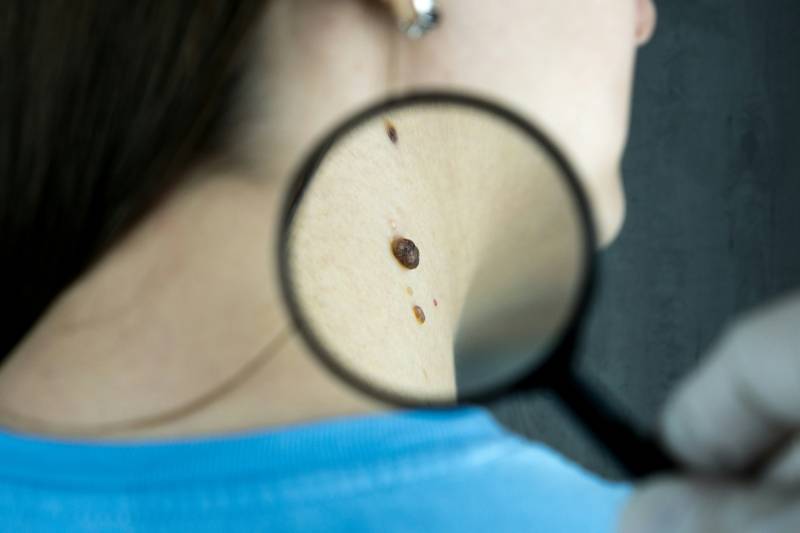- Region
- Águilas
- Alhama de Murcia
- Jumilla
- Lorca
- Los Alcázares
- Mazarrón
- San Javier
-
ALL AREAS & TOWNS
- AREAS
- SOUTH WEST
- MAR MENOR
- MURCIA CITY & CENTRAL
- NORTH & NORTH WEST
- TOWNS
- Abanilla
- Abarán
- Aguilas
- Alamillo
- Alcantarilla
- Aledo
- Alhama de Murcia
- Archena
- Balsicas
- Blanca
- Bolnuevo
- Bullas
- Cañadas del Romero
- Cabo de Palos
- Calasparra
- Camping Bolnuevo
- Campo De Ricote
- Camposol
- Canada De La Lena
- Caravaca de la Cruz
- Cartagena
- Cehegin
- Ceuti
- Cieza
- Condado de Alhama
- Corvera
- Costa Cálida
- Cuevas De Almanzora
- Cuevas de Reyllo
- El Carmoli
- El Mojon
- El Molino (Puerto Lumbreras)
- El Pareton / Cantareros
- El Raso
- El Valle Golf Resort
- Fortuna
- Fuente Alamo
- Hacienda del Alamo Golf Resort
- Hacienda Riquelme Golf Resort
- Isla Plana
- Islas Menores & Mar de Cristal
- Jumilla
- La Azohia
- La Charca
- La Manga Club
- La Manga del Mar Menor
- La Pinilla
- La Puebla
- La Torre
- La Torre Golf Resort
- La Unión
- Las Palas
- Las Ramblas
- Las Ramblas Golf
- Las Torres de Cotillas
- Leiva
- Librilla
- Lo Pagan
- Lo Santiago
- Lorca
- Lorquí
- Los Alcázares
- Los Balcones
- Los Belones
- Los Canovas
- Los Nietos
- Los Perez (Tallante)
- Los Urrutias
- Los Ventorrillos
- Mar De Cristal
- Mar Menor
- Mar Menor Golf Resort
- Mazarrón
- Mazarrón Country Club
- Molina de Segura
- Moratalla
- Mula
- Murcia City
- Murcia Property
- Pareton
- Peraleja Golf Resort
- Perin
- Pilar de la Horadada
- Pinar de Campoverde
- Pinoso
- Playa Honda
- Playa Honda / Playa Paraíso
- Pliego
- Portmán
- Pozo Estrecho
- Puerto de Mazarrón
- Puerto Lumbreras
- Puntas De Calnegre
- Region of Murcia
- Ricote
- Roda Golf Resort
- Roldan
- Roldan and Lo Ferro
- San Javier
- San Pedro del Pinatar
- Santiago de la Ribera
- Sierra Espuña
- Sucina
- Tallante
- Terrazas de la Torre Golf Resort
- Torre Pacheco
- Totana
- What's On Weekly Bulletin
- Yecla


- EDITIONS:
 Spanish News Today
Spanish News Today
 Alicante Today
Alicante Today
 Andalucia Today
Andalucia Today
Melanoma rates in Spain soar by 50% as sun safety warnings go unheeded
Doctors urge better protection as Spain’s most dangerous skin cancer reaches 8,000 new cases a year
 Spain is experiencing a worrying surge in melanoma cases, with new figures showing that the number of diagnoses has risen by nearly 50% in just ten years. Experts say the increase reflects decades of poor sun protection habits, particularly among older generations, and they are calling for urgent changes in how we approach sun safety.
Spain is experiencing a worrying surge in melanoma cases, with new figures showing that the number of diagnoses has risen by nearly 50% in just ten years. Experts say the increase reflects decades of poor sun protection habits, particularly among older generations, and they are calling for urgent changes in how we approach sun safety.
According to the Healthy Skin Foundation of the Spanish Academy of Dermatology and Venereology (AEDV), around 8,000 people are now diagnosed with melanoma in Spain every year. That’s a steep rise, and one that has dermatologists particularly concerned because melanoma is the most aggressive form of skin cancer.
Thankfully, due to advances in treatment and better early detection, survival rates remain relatively stable. But specialists are warning that too little is being done to stop the disease in the first place.
“The main modifiable risk factor is sunburn,” said Dr Elena Godoy, one of the coordinators behind the AEDV’s latest awareness campaign. “And most sun damage accumulates before the age of 20.”
The campaign highlights the need for better education on sun protection, especially among children and young people. Spain currently lacks a coordinated effort to teach sun safety in schools or to ensure that public spaces like playgrounds offer adequate shade. Other countries, such as Australia, have already seen a drop in melanoma cases after introducing such policies.
New research published by the National Library of Medicine echoes these concerns, showing that melanoma is on the rise across all age groups in Spain, but especially among people over 50. Many in this age group spent their childhoods under the sun with little to no protection, and the effects are only now becoming apparent.
The report also shows that while women tend to be more affected in younger age groups, men face higher rates in older age brackets. Researchers estimate that by 2040, global melanoma cases could reach over half a million a year, with Spain continuing to follow this upward trend unless serious prevention measures are put in place.
Spain’s love of the sun is part of its cultural identity, but health professionals stress that the habit of tanning and long beach days without protection needs to change. In fact, as was reported two years ago, awareness about the risks of skin cancer in Spain has traditionally been low, despite the country’s intense sun exposure.
Aside from sunburn, other risk factors include having fair skin, many or atypical moles, a family or personal history of skin cancer, or a weakened immune system. People with these traits should be particularly cautious about exposure and vigilant in checking their skin.
For now, the message is clear: wear sunscreen, seek shade and never underestimate the power of the Spanish sun.
Image: Bermix Studio/Unsplash







